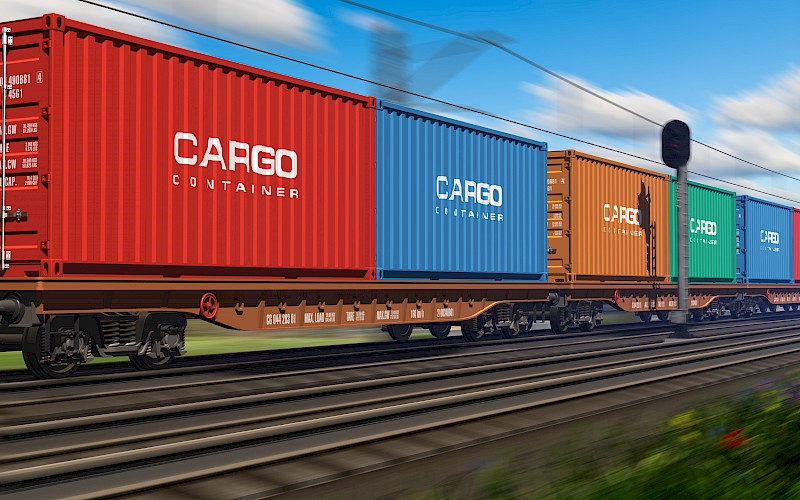Ukraine, located at the crossroads between Europe and Asia, serves as a crucial transit country for goods and passengers traveling between these two continents. The country has an extensive transport network, including railways, highways, and waterways, that connects Ukraine to its neighbors and beyond. In this article, we will take a closer look at the transport corridors going through Ukraine and their importance for regional and international trade.
Overview of transport corridors
Transport corridors are routes that link different regions and countries and facilitate the movement of goods, services, and people. Ukraine is situated at the intersection of several major transport corridors that connect Europe and Asia. The most important of these are:
- TRACECA (Transport Corridor Europe-Caucasus-Asia) — a multi-modal transport corridor that connects Europe to Central Asia, the Caucasus, and China. It runs through Ukraine, Georgia, Azerbaijan, Kazakhstan, and China and comprises several branches, including the Black Sea-Caspian Sea corridor and the North-South corridor.
- Trans-European Transport Networks (TEN-T) — a network of transport infrastructure that connects the European Union (EU) member states and neighboring countries. Ukraine is part of several TEN-T corridors, including the Scandinavian-Mediterranean Corridor, the Baltic-Adriatic Corridor, and the Rhine-Danube Corridor.
- New Silk Road — a Chinese-led initiative that aims to revive the ancient trade routes between China and Europe. The New Silk Road comprises several land and sea routes, one of which passes through Ukraine.
Importance of transport corridors for Ukraine
The transport corridors passing through Ukraine are of strategic importance for the country’s economy and its integration into the global trade system. They provide Ukraine with access to major markets in Europe and Asia and allow Ukrainian businesses to participate in international supply chains.
The transport corridors also generate significant revenue for Ukraine, as transit fees and tariffs are an essential source of income for the country’s budget. According to the Ukrainian Ministry of Infrastructure, transit traffic through Ukraine amounted to 192.4 million tons in 2020, with a total revenue of 22.7 billion UAH (approximately 830 million USD).
Furthermore, the development of transport infrastructure along these corridors can promote regional economic integration and cooperation. For example, the TRACECA corridor connects several countries in the region and provides them with opportunities for joint ventures, trade, and investment.
Transport infrastructure in Ukraine
To fully realize the potential of the transport corridors passing through Ukraine, the country needs to invest in the development of its transport infrastructure. Ukraine’s transport network suffers from underinvestment, inadequate maintenance, and outdated technology, which limits its capacity and efficiency.
The Ukrainian government has recognized the need for infrastructure modernization and has launched several initiatives to improve the transport system. These include the implementation of the TEN-T network, the development of the Ukrainian section of the New Silk Road, and the modernization of the country’s ports and railways.
In addition, Ukraine has signed several international agreements aimed at improving transport connectivity and promoting regional cooperation. These include the Memorandum of Understanding on the Development of the TRACECA Corridor, the Memorandum of Understanding on the New Silk Road, and the Agreement on the Establishment of the International Transport and Transit Corridor between the Islamic Republic of Iran, the Republic of Azerbaijan, and the Russian Federation.
Table: Overview of Transport Corridors in Ukraine
| Transport Corridor | Description | Countries Connected |
|---|---|---|
| TRACECA | Multi-modal transport corridor connecting Europe to Central Asia, the Caucasus, and China | Ukraine, Georgia, Azerbaijan, Kazakhstan, China |
| TEN-T | Network of transport infrastructure connecting the EU member states and neighboring countries | Ukraine, EU member states |
| New Silk Road | Chinese-led initiative to revive the ancient trade routes |
